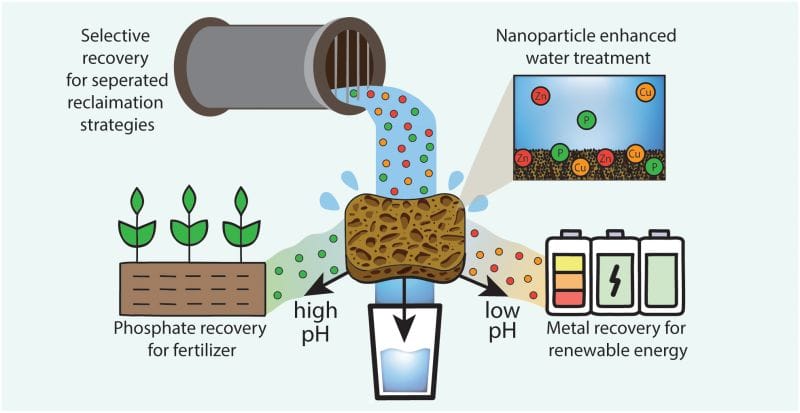RSS Feed Source: Academic Keys
Job ID: 256594
Research Associate / Research Fellow (Theoretical Computer Science)
Nanyang Technological University Job Categories Research Scientist/Associate
Academic Fields Computer Science
School of Electrical and Electronic Engineering is one of the founding Schools of the Nanyang Technological University. Built on a culture of excellence, the School is renowned for its high academic standards and research. With over 3,000 undergraduates students and 2,000 graduate students it is one of the largest EEE schools in the world and ranks 4th in the field of Electrical & Electronic Engineering in the 2025 QS World University Rankings
Click this link to continue reading the article on the source website.


